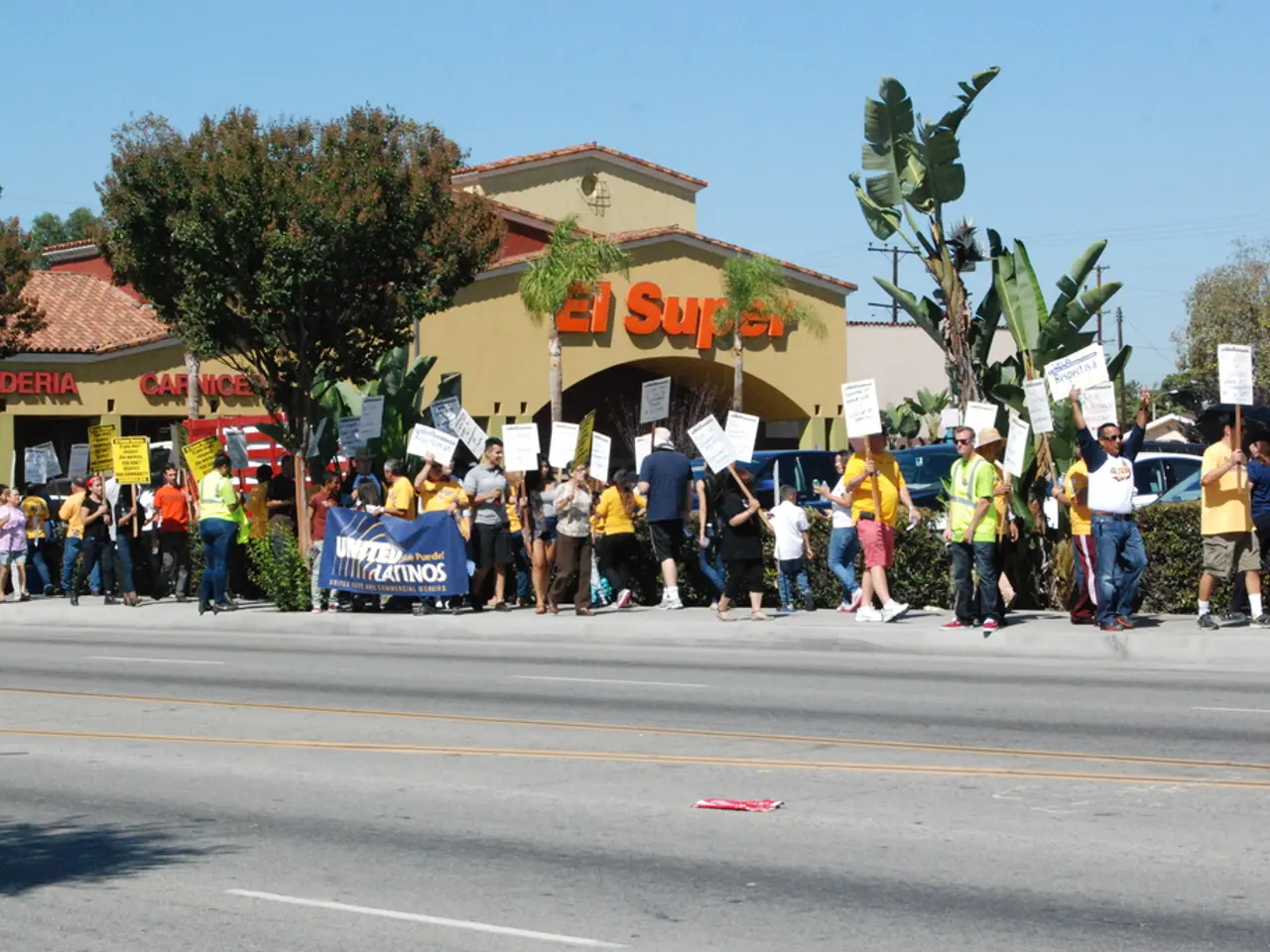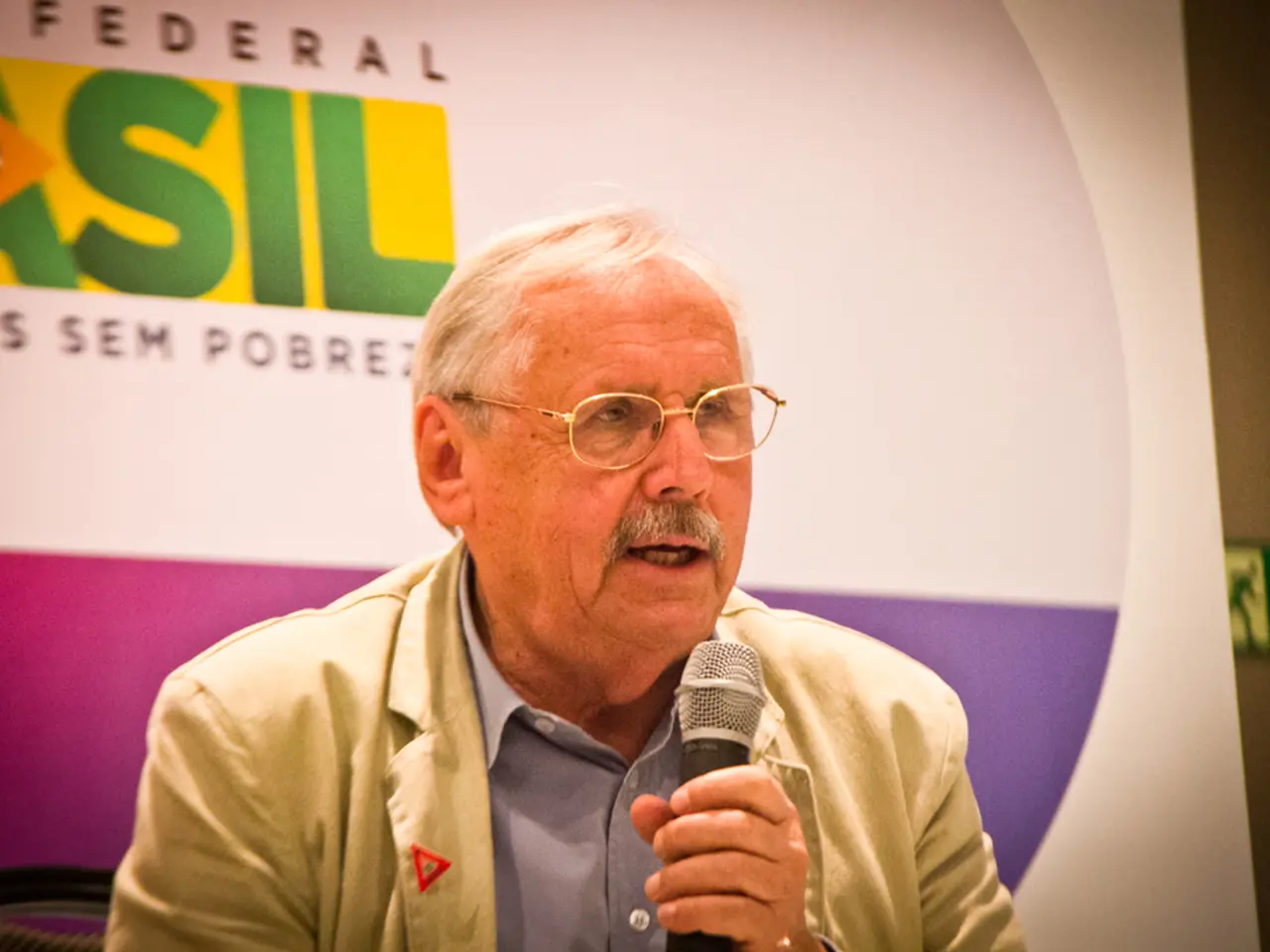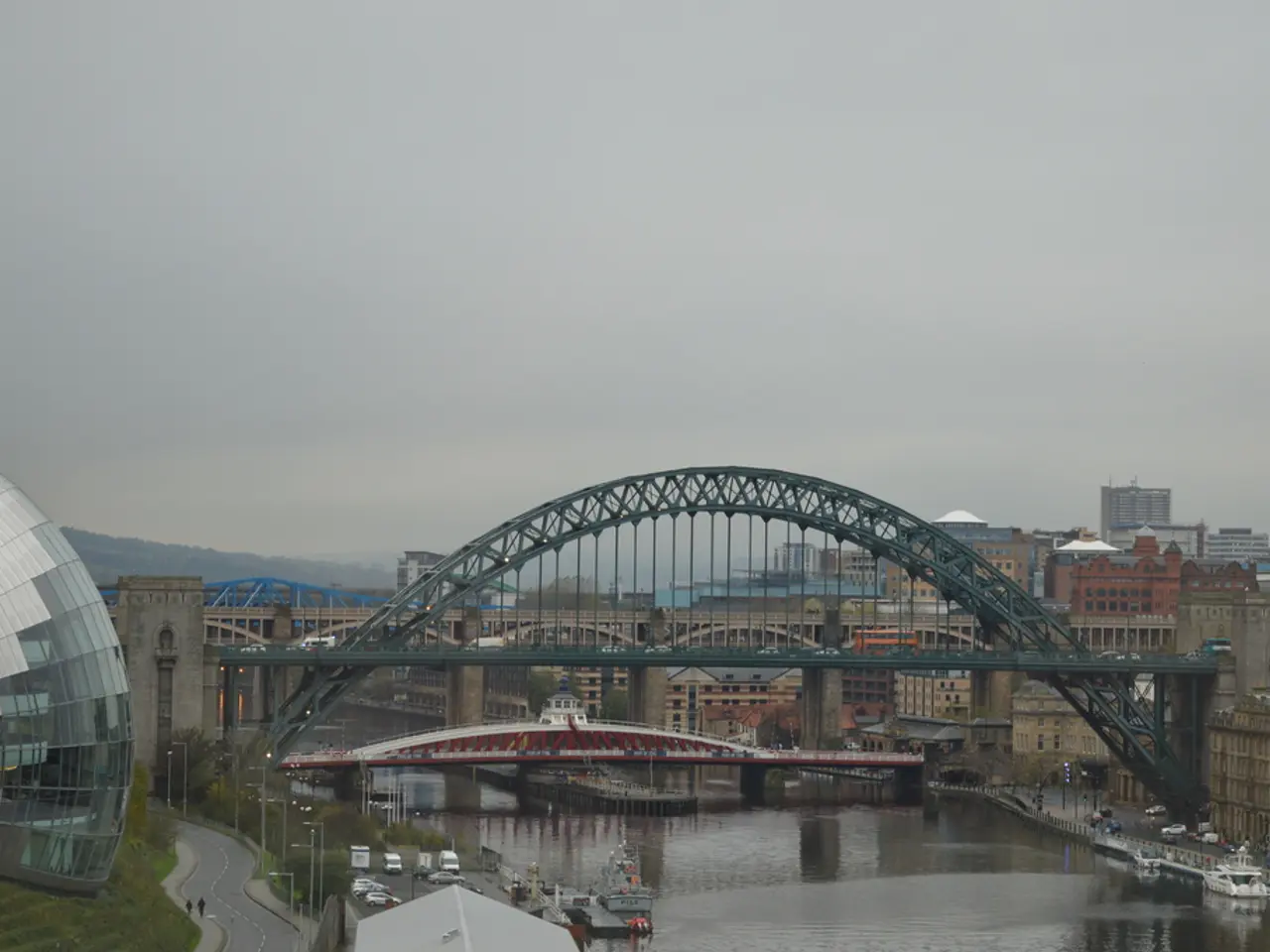Grassroots energy taking charge: a shift in power dynamics
In the heart of Scotland, a journey through local democracy reveals a rich history marked by significant shifts and transformations. One such pivotal moment came in 1975 with the Wheatley reorganisation of Scottish local government, a change that reshaped the landscape of community governance.
The Wheatley reorganisation, named after the Wheatley Commission, replaced the older system of counties, counties of cities, large burghs, and small burghs with a two-tier structure of regional and district councils. This consolidation was aimed at improving the efficiency of local government delivery, expanding the scale and scope of local authorities, and professionalising local governance (British Government, 1975).
However, this restructuring created a distance between local authorities and local communities, as the new larger units were less locally focused than the previous smaller burghs and counties. This raised questions about democratic responsiveness and local identity (Scottish Government, 2019).
Subsequent reforms in the 1990s, such as the Local Government etc. (Scotland) Act 1994, aimed to enhance local democracy by simplifying the structure and bringing decision-making closer to local people. Devolution in 1999 further reshaped local democracy by transferring powers from Westminster to the Scottish Parliament, allowing for more tailored policies and governance structures suited to Scotland's particular needs (Scottish Government, 2019).
Over the years, there has been an ongoing debate and experimentation with local governance models, focusing on balancing administrative efficiency with local accountability and citizen engagement. This trajectory underscores the continuing tension between scale and proximity in local democracy in Scotland.
Fast forward to the present day, and there is a growing consensus that a process of review and reset is needed to address the democratic deficit that has grown over the last 50 years. The proposed Civic Convention should develop a transition plan/programme that allows Scotland to reset public services over a period, with the aim of achieving the main aim of the Founding Fathers of Devolution, namely the devolving of powers, roles, and responsibilities to the lowest possible local level (Scottish Government, 2020).
The year 2025 is significant for political and economic reasons, with a perceived challenge to the established 'World Order'. The 2026 Scottish Parliament election should offer new hope for renewing local democracy as a key component in a more participative democracy.
In conclusion, the Wheatley reorganisation of 1975 marked a pivotal moment, shifting Scottish local government towards larger regional structures intended for efficiency but at a cost to local democratic intimacy. Over time, subsequent reforms have aimed to recalibrate that balance, evolving Scottish local democracy towards structures that try to combine effective governance with stronger local representation and participation. This journey through Scottish local democracy serves as a testament to the continuous evolution and adaptation required to maintain a democratic system that truly serves the people.
References: - British Government (1975). Local Government (Scotland) Act 1973. London: HMSO. - Scottish Government (2019). The Future of Local Democracy in Scotland. Edinburgh: Scottish Government. - Scottish Government (2020). The Civic Convention. Edinburgh: Scottish Government.
The Wheatley reorganisation, while improving the efficiency of policy-and-legislation at the local level, raised concerns about the distance between local authorities and local communities, leading to debates about local democracy and democratic responsiveness. Subsequent reforms since the 1990s, such as the Local Government etc. (Scotland) Act 1994 and the Civic Convention, have been aimed at enhancing local democracy, especially in terms of citizen engagement and local accountability.





